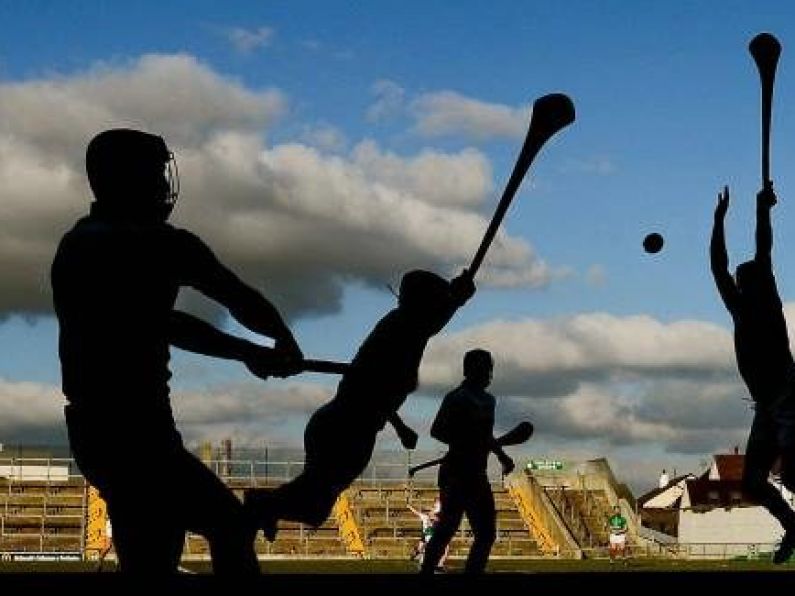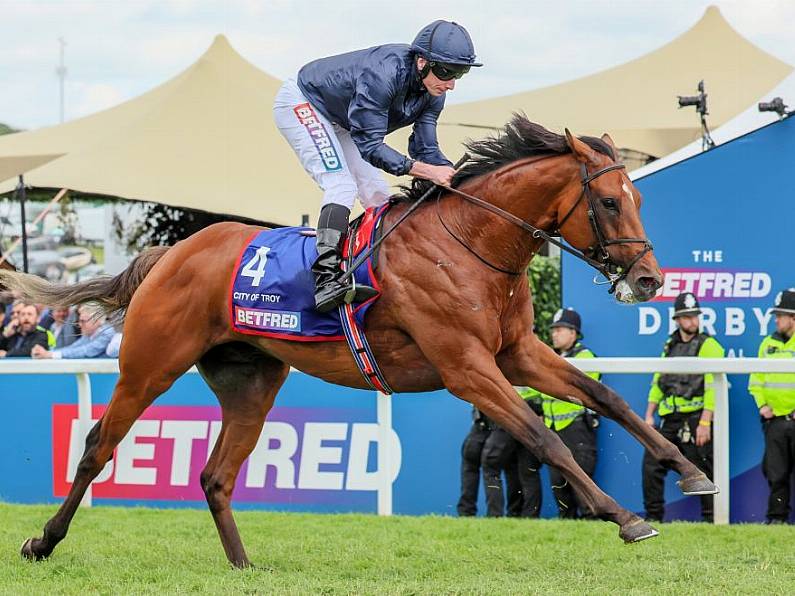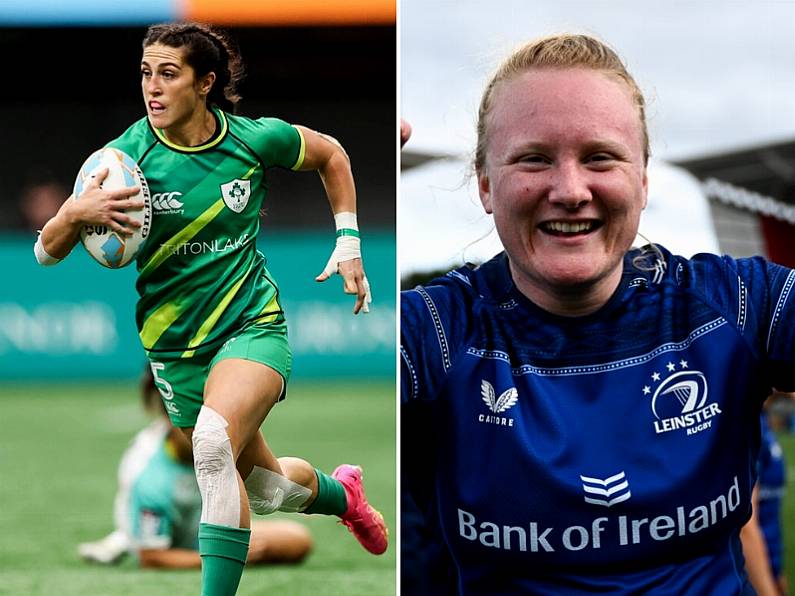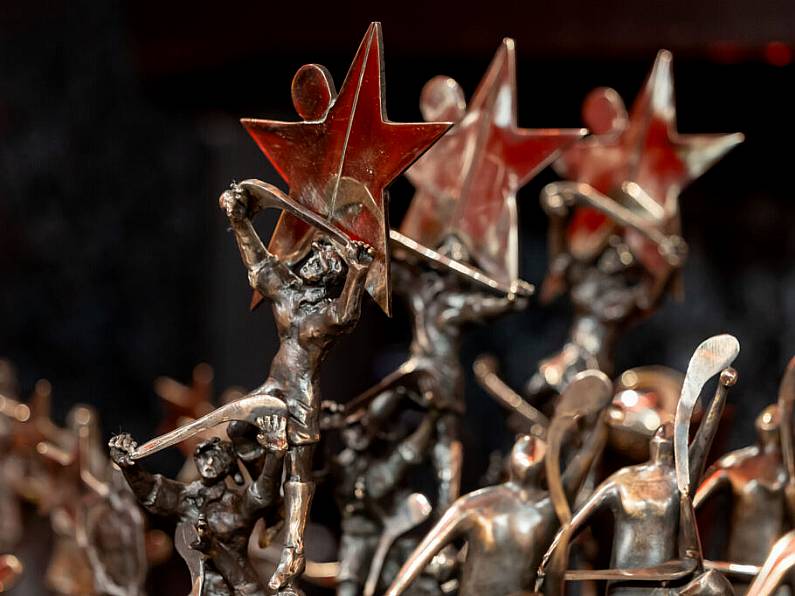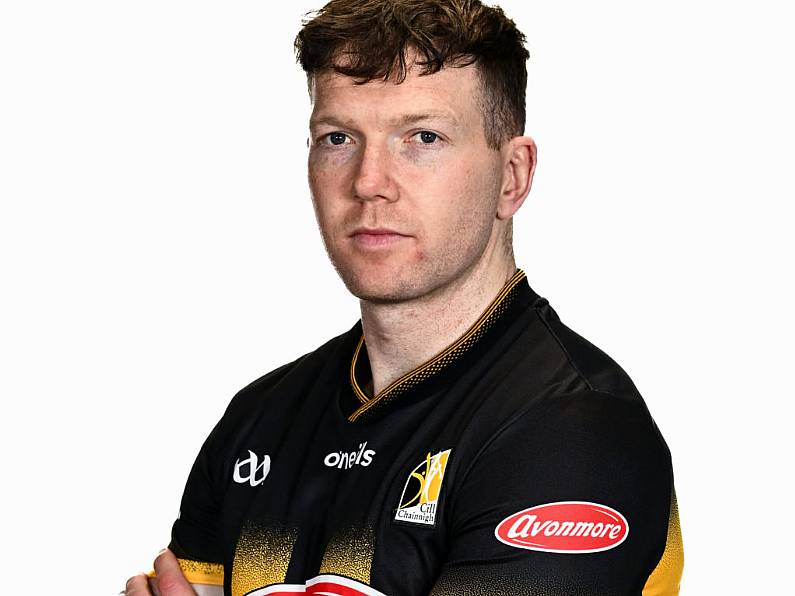Hurling and camogie have been recognised by UNESCO as protected cultural activities.
The ancient games were inscribed on the Representative List of the Intangible Cultural Heritage of Humanity today.
UNESCO defines 'intangible cultural heritage' as the practices, representations, expressions, knowledge, skills that communities, groups and individuals recognise as part of their cultural heritage.
It is "transmitted from generation to generation, is constantly recreated by communities and groups in response to their environment, their interaction with nature and their history, and provides them with a sense of identity and continuity, thus promoting respect for cultural diversity and human creativity".
UNESCO says hurling is considered as "an intrinsic part of Irish culture and plays a central role in promoting health and wellbeing, inclusiveness and team spirit".
It describes it as "a field game played by two teams which dates back 2,000 years and features strongly in Irish mythology, most notably in the epic saga of Cú Chulainn".
"Today, the skills are promoted and transmitted through coaching and games in schools and clubs.
"As the custodians of Hurling, the Gaelic Athletic Association and the Camogie Association, both volunteer-led organizations, play a central role in transmitting the skills and values associated with Hurling.
A delegation from the GAA travelled to Paris in October in an effort to secure the status and the government will now commit to protecting the game and raising awareness about its importance overseas.
The games join Uileann Piping on the list of protected cultural activities from Ireland.
Minister for Culture, Heritage and the Gaeltacht, Josepha Madigan, welcomed the decision and thanked the Camogie Association and the GAA for their work on achieving this prestigious international recognition of our national game.
Digital Desk
